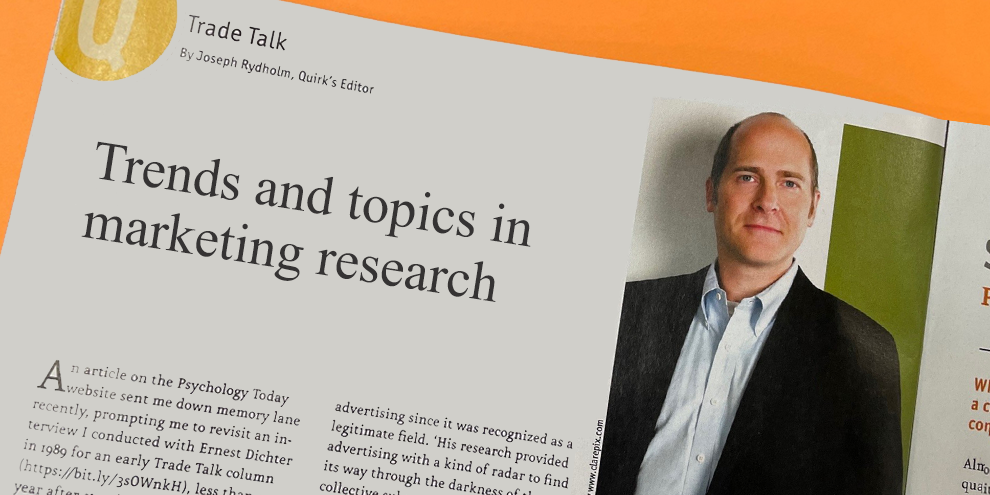With 2014 coming to a close, I read with interest some material we received from the Chicago research firm Mintel summarizing two of its analysts’ takes on trends to watch in the new year.
Encompassing everything from the Internet of Things to evolving perceptions of gender, the trends are: Get Smart; My Wallet, My Way; Fight for Your Rights and Gender Agenda. Here’s my mashup of some of the insights gleaned from Mintel’s press release on the trends.
Get Smart. Smart devices – from watches to ceiling fans – appeal to consumers because they save time and money and offer the promise of convenience and control. Mintel’s research finds that 59 percent of U.S. consumers are interested in using an app or Web site to control their home and four in 10 would like to buy technology products that easily connect to products they already have.
Going forward, Mintel says, data-collecting device manufacturers will invite companies to become analysis providers. The next stage will be for banks, grocers and doctors to do more to develop data relationships.
“In 2015 and beyond, we’ll see smart devices advancing into new annexes,” says Stacy Glasgow, Mintel’s consumer trends consultant. “Consumers will demand that wearable technology offer more than the convenience of connectivity and provide personal devices that are secure and fashionable.”
My Wallet, My Way. Brick-and-mortar retailers have melded with the digital as more locations offer in-store pick-up for online orders and, on the other side, virtual-only services open physical stores. “The ability to get hands-on with what was formerly only virtual could gain more customers for these e-commerce retailers,” says Glasgow.
Expanded Wi-Fi plans for trains, planes and even Uber-mobiles will ease the ability to shop while in transit and thus encourage more “click-and-collect” services, such as the grocery pick-up service being tested by Walmart. Shoppers also are open to new formats, with 32 percent of U.S. facial skincare users interested in products that can be purchased on the go, such as through a vending machine or kiosk. There’s even opportunity in financial services, where 20 percent of Americans say they would engage with such companies on social media to get assistance with their account.
Fight for Your Rights. Consumers are now demanding more information, more responsibility and more ac-countability from companies and social media has made it easier and easier for them to gather and express themselves. Consumers also can exercise their rights at the cash register, purchasing only brands that align with their ideals on marriage equality, minimum wage or political party affiliations.
“The desire to sit-down-and-click to share one’s thoughts will likely continue because consumers have begun to see the power these viral revolts can have,” says Jenny Zegler, Mintel’s trends analyst. “In 2014, ‘clicktivism’ forced companies to revise marketing campaigns, to reformulate ingredient statements or to simply acknowledge consumer sentiment.
“In 2015, companies globally will increasingly be forced to apologize, admit their mistakes and show a human face. Companies also may find themselves more eager to consult potential customers on their products, promotional campaigns and company policies,” Zegler says.
Gender Agenda. Marketers must show that they understand consumers’ modern perceptions of gender, namely that consumers are much more complex than the social constraints built around them. Retailers will need to take note that men are doing more shopping and spending more time on their personal appearance. Meanwhile, U.S. women ages 18-34 are more likely than men in the same age range to buy tickets to live sporting events (35 percent vs. 28 percent) and branded merchandise related to their favorite sports (22 percent vs. 16 percent). Brands from beauty and personal care to financial services must recognize consumers’ individuality or prepare for consumer backlash if they stick to age-old archetypes.
